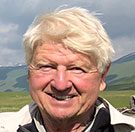Stanley Johnson: In search of the snow leopard
The writer, environmentalist and campaigner Stanley Johnson had always dreamed of seeing a snow leopard – so much so that when a chance to join an expedition came up, he dropped everything to take part. Here's what happened.
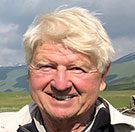
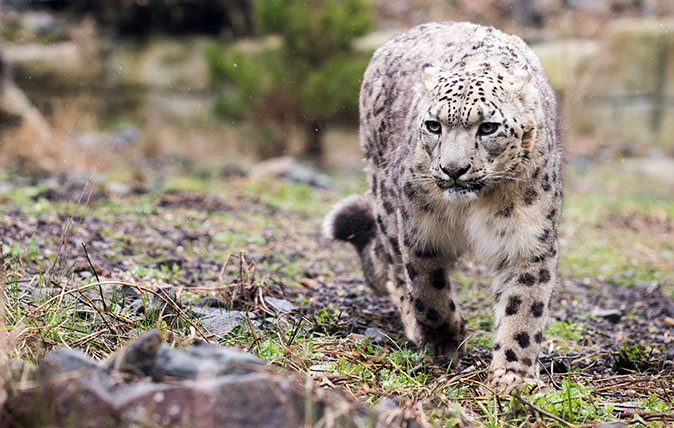
Seeing a snow leopard had long been the very top of my bucket list but I was under no illusions about how difficult it might be to realise that wish. Yes, there had been brilliant snow leopard ‘footage’ on the BBC and other TV Channels from time to time, but the cameramen/women had often had to park themselves on some windy and rocky ledge in the high Himalayas for weeks if not months at a time to bag that tantalising glimpse.
And even the most adventurous and exotic travel companies didn’t offer a guaranteed or even a half-way reasonable prospect of seeing snow leopards in the wild. I certainly wasn’t ready to spend precious time and funds on such a long-odds venture.
I changed my mind a few months ago when I learned that NABU, Germany’s Nature & Biodiversity Conservation Union, was working with the Kyrgyz government on a programme to conserve the snow leopard in Kyrgyzstan through a well-organised research effort combined with a programme to prevent the illegal hunting and trade of this endangered species.
I also learned that an organization called Biosphere Expeditions was working closely with NABU and the Kyrgyz government on this programme, and that volunteers – or 'citizen scientist helpers' as they prefer to call them – were still needed for the next expedition, due to leave for Kyrgyzstan’s Tien Shan mountains in early July 2018. I contacted the Biosphere Expeditions people straightaway. I was keen to sign up.
The Biosphere Expeditions team, however, was not so sure. They made it clear to me right from the start that this would not be a ‘safari-style’ operation. We would be walking up to 10 miles a day in high mountain terrain and up to 13,000ft altitude, with a base camp altitude of up to 10,000ft. I'd be camping in a one-man dome tent, washing in the glacial melt of a nearby stream and walking each day up into snow-topped mountains in search of signs of snow leopard and their continued existence in this harsh environment.

Taking part would mean becoming part of a small international volunteer team led by a scientist and supported by anti-poaching patrol members, camping in high areas as the snow melted away from high valleys. We would be accessing the hills ahead of the herders bringing their livestock and yurts back to these remote valleys at the beginning of summer in the mountains.
Biosphere Expeditions also believed firmly in ‘truth in advertising.’ They made it clear that the chance of seeing a snow leopard was low – and they were careful to define ‘low’ as meaning ‘there is little chance of actually seeing the animals.’
Exquisite houses, the beauty of Nature, and how to get the most from your life, straight to your inbox.
That knocked me back a bit, I admit. If I didn’t in the end encounter a snow leopard up there in the wilds but instead just saw some snow leopard droppings or some tracks in the snow, would I regard my time as having been well spent?
But I didn’t agonise for long. I have long been a believer in ‘citizen science’, where people like me with no great scientific training go out into the field and, after a bit of training, collect some useful data.
I told myself to take a broader, longer view. I might not see a snow leopard. I might not even see traces of a snow leopard. But wasn’t it worth a go?
And, anyway, miracles might happen...
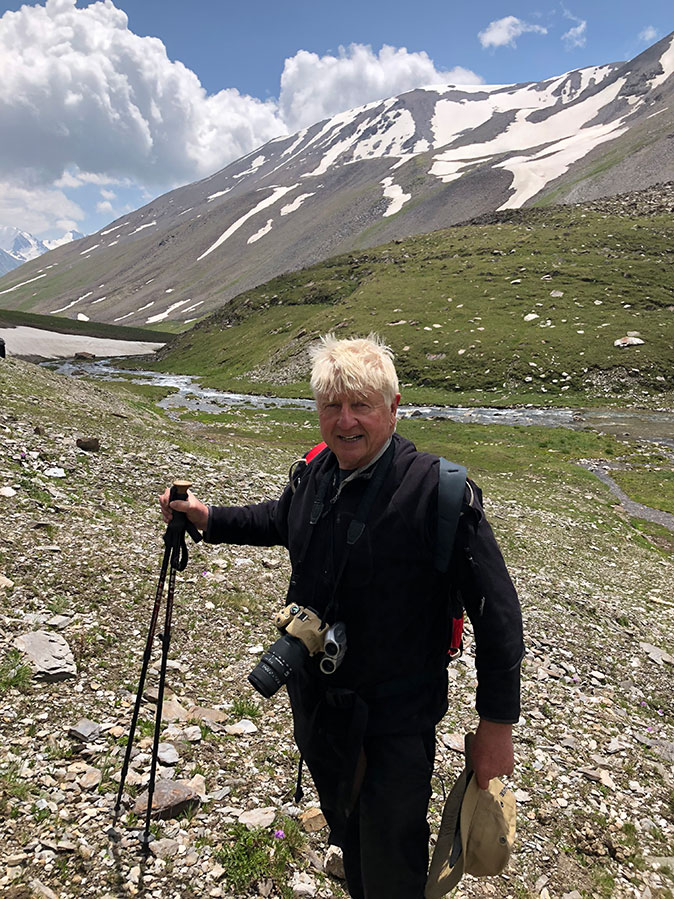
After a long flight from London via Istanbul, I landed in Bishkek, the capital of Kyrgyzstan, on Sunday July 8. That afternoon Amadeus DeKastle, the leader of the Biosphere Expeditions team in Kyrgyzstan, took me to see Tolkunbek Asykulov, the director of NABU’s Kyrgyzstan office.
'What are the major challenges?' I asked.
'The biggest problem used to be the poaching of snow leopards,' he replied, 'but then we raised the fine for the illegal killing of a snow leopard. Now the biggest problem is the poaching of the snow leopards’ prey: particularly the ibex and the argali.' Asykulov was also concerned by excessive grazing in the high altitude pastures and between wildlife and local herdsmen.
Early next day I met up with my fellow citizen scientists – fifteen of us altogether. We headed in a convoy of Toyota Land Cruisers to the Kyrgyz Ala-Too, a large range of mountains in the northern Tien Shan.
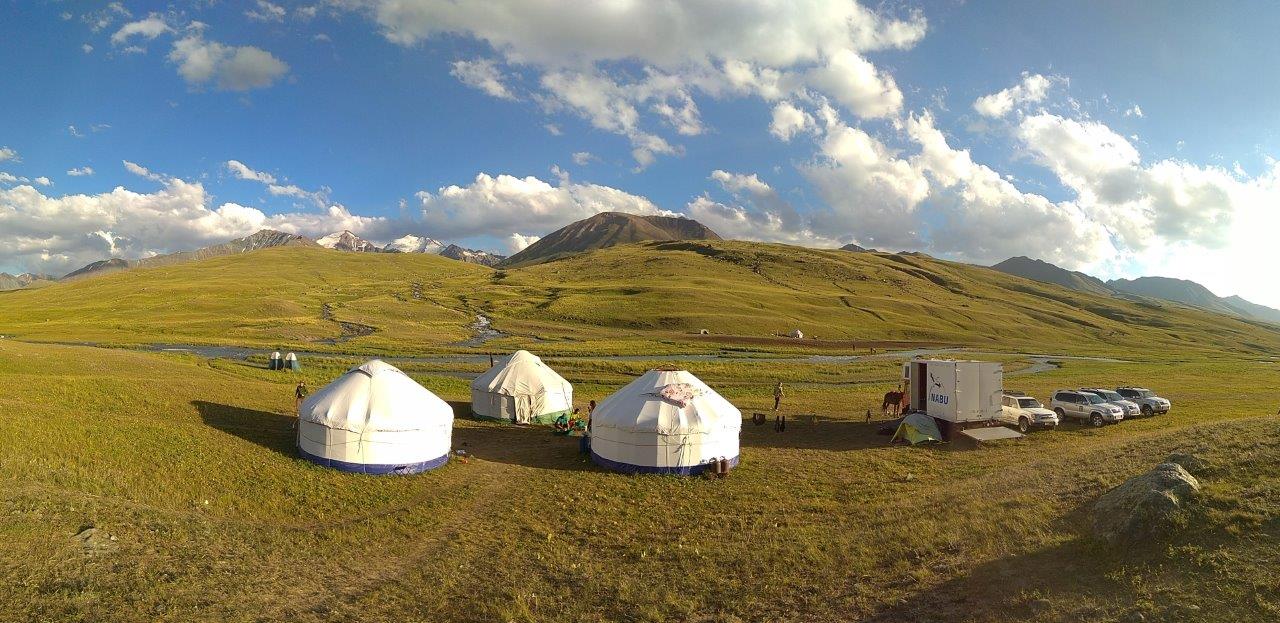
On the first day we were given the full briefing by team leader Amadeus and Volodya Tytar, the expedition scientist. We were taught how to use the GPS equipment, and how to record sightings, working cell-by-cell on a grid pattern.
'Of course, obtaining usable scientific data can be very boring,' Volodya told us apologetically, ‘but it has to be done.’
We spent most of our days, walking up the side valleys. Sometimes we trekked in bright sunshine; at other times we battled through squalls of rain. When we reached the ‘observation point’ – usually after a trek of two or three hours – we whipped out our binoculars to scour the landscape in a systematic way.
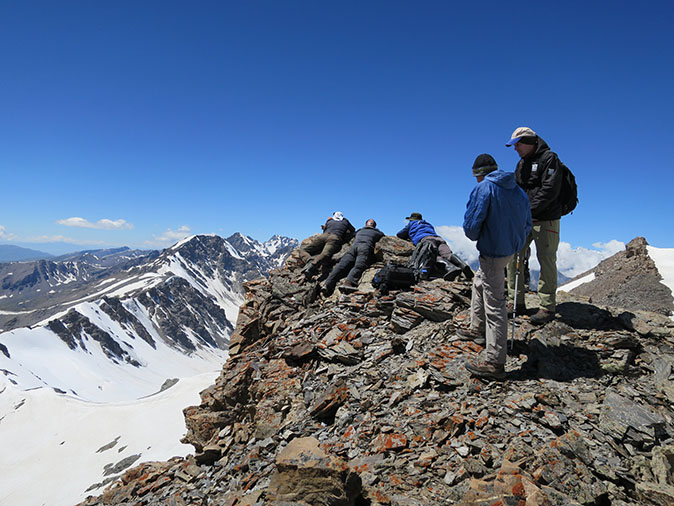
We carried packed lunches with us, refilling our water-bottles from the icy streams which cascaded down the valleys from the melting glaciers. Each evening we gathered in the yurt for a debriefing. What had we seen and where had we seen it? Our answers were duly recorded and plotted on the charts pinned to a blackboard in our yurt.
Did I personally see a snow leopard? No, I didn’t. But one day, as some of us were coming back down the mountain, we met a couple of herdsman and one of them told us that he had seen that very day a dead snow leopard cub beside one of those upland streams.
Volodya, the scientist, had interrogated him. The cub, it seemed, could have been swept downstream. Apparently, it bore the snow leopard’s distinctive markings. Was the body still there? No, it wasn’t. Maybe it had been scavenged or carried even further downstream by the rushing water.
As I sat there that evening, I felt an overpowering sense of relief. If this was as close to a snow leopard as I was likely to get, then it was quite close enough for me.
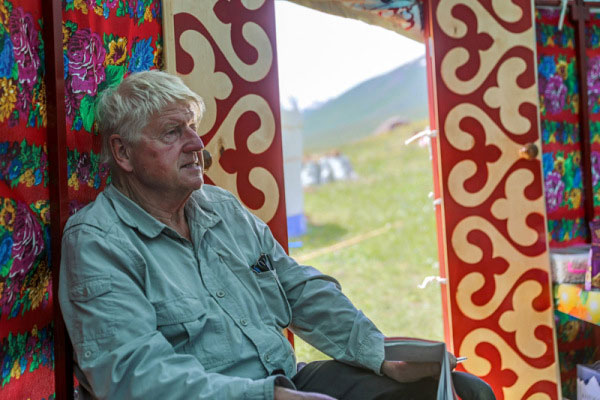
Sadly I wasn’t able to stay the full two weeks in the Tien Shan Mountains. Other commitments intervened. But I did stay long enough to witness a wonderful game of 'Kok Buru' – or 'goatball' – played by the herdsman on a pitch next to our camp site.
Volodya explained. ‘Kok Buru is a cross between polo and rugby. Of course, they kill the goat. But they were going to do that anyway. Besides, it’s a good way of tenderising the meat!”
On Monday July 23, a week after I left Kyrgyzstan, I received Amadeus’s report by email:
'2018's first Tien Shan expedition group has arrived back in Bishkek after a busy two weeks. Thank you to Judy, Sophie, Marilyn, Allycia, Tristan, the two Peters, Holger, Jim, Ross, Markus, Peter, Andreas, Noel and Stanley for putting in lots of effort to collect a solid amount of data. We covered 34 cells (2x2 km each) in our study area, some of them multiple times.'Our surveys showed that of those 34 cells, 23 of them had snow leopard prey species living in them. This included ibex, argali, marmot and snow cock. We set up eight camera traps in various locations (results pending). We also collected records for three bird and two butterfly species that are completely new to our study area this year.'Most importantly, we collected two distinct records of snow leopard. The first record was the dead body of a cub in Sary Kul valley that we found out about from a shepherd. In Chong Chikan valley a survey up near the glacier came across two sets of prints, likely belonging to a mother snow leopard and her cub. This is not only a strong indication of snow leopard presence, but it is also great to see that there is likely to be a breeding population here in our study area.'Group 1, it was a pleasure to spend two weeks with you in the mountains "suffering for science". All the best, and I hope to see each of you again!'
'Suffering for science'! That is one way of putting it, I suppose!
Speaking for myself, I shall never forget the beauty of the mountains, the friendliness of the herdsman, the sight of the golden eagles and the lammergeyers, the wild energy of the Kok Buru match that we witnessed.
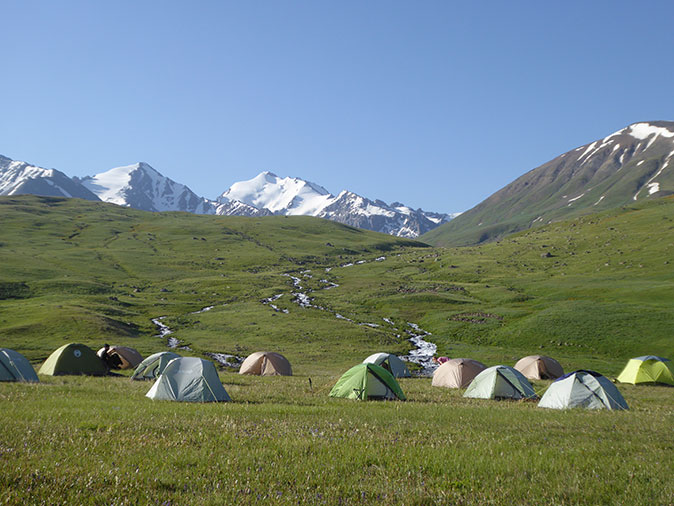
Was this as close to a wild snow-leopard as I will ever get? Yes. Am I happy about that? Yes I am. I look again at Amadeus’s report. ‘Strong indication of snow leopard presence... likely to be a breeding population here in our study area.”
Through a programme based in Bishkek, an international effort is now being made to Save the Snow Leopard and Conserve High-Mountain Ecosystems. Reliable scientific data of the kind NABU and Biosphere Expeditions are producing will be crucially important.
And while we didn’t actually see a snow leopard, I would like to think that at least we made a contribution to a worthwhile effort.
That feeling was to be proven correct a few weeks later. Shortly after returning, I received fantastic news from Kyrgyztan: the camera trap which we set in Chong Chikan valley had caught a snow leopard in the field of vision – and not long after that, another camera in the area made this quite wonderful video:
It's a brilliant reward for five years of research and I regard myself as totally privileged to have been able to have been part of such a triumphant climax.
- Biosphere Expeditions' next expedition to the Tien Shan mountains will be in July/August 2019. A two-week stint costs £1,950, excluding flights, two-thirds of which will be spent on the project. See www.biosphere-expeditions.org for more information or to get involved.
- Stanley Johnson is a writer, former Member of the European Parliament and environmental campaigner. His latest novel, Kompromat, is published by Oneworld-publications.
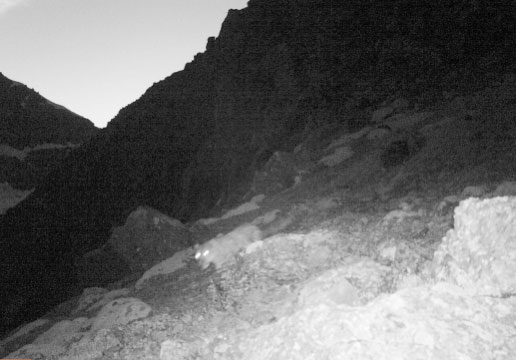
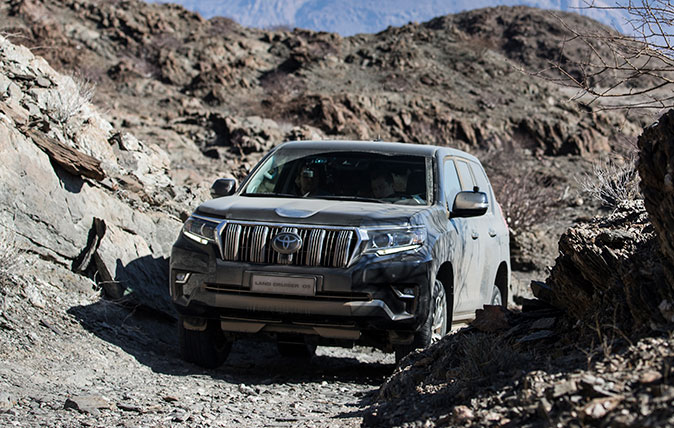
Credit: Toyota Land Cruiser
Toyota Land Cruiser review: Cruising through the Gates of Hell – and ending up wanting more
Toyota's new Land Cruiser is as tough and reliable as 4x4s come – something that Toby Keel was only too grateful
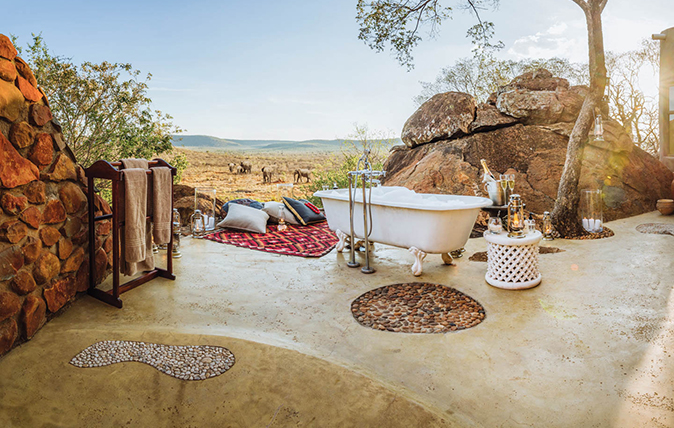
Africa's greatest watering holes: Top 10 tubs with a view
What could be better than sinking into the ultimate bath after a day of wine tasting, walking or wildlife spotting?
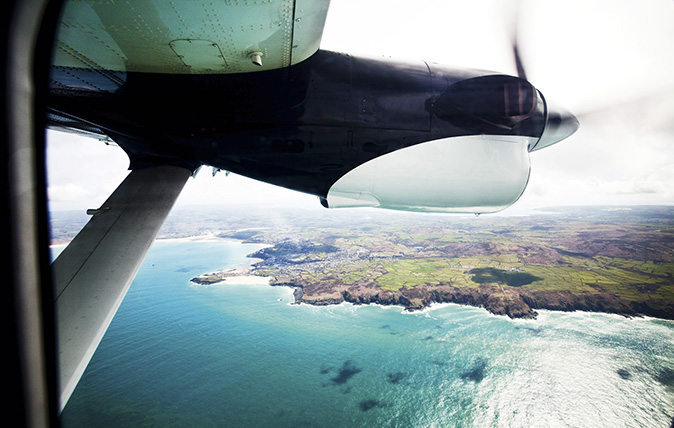
Credit: Isles of Scilly Travel
Monkeys, cows and slugs on the runway: The life of the rural pilots who keep our communities alive
Live monkeys in the cargo, slugs on the runway and ‘schizophrenic’ weather conditions are all in a day’s work finds

